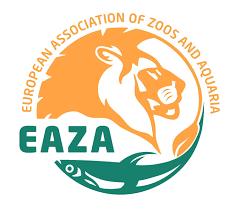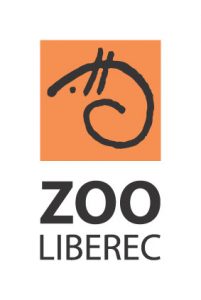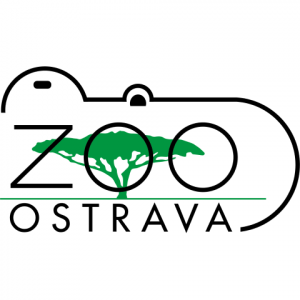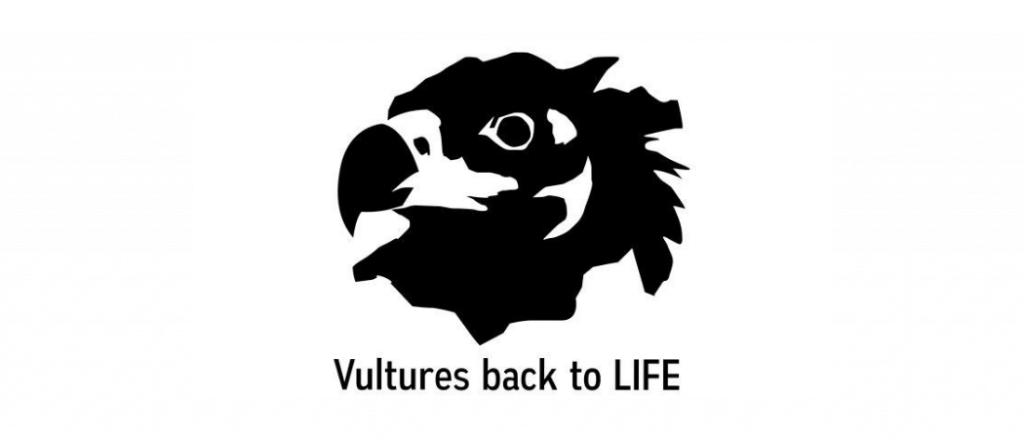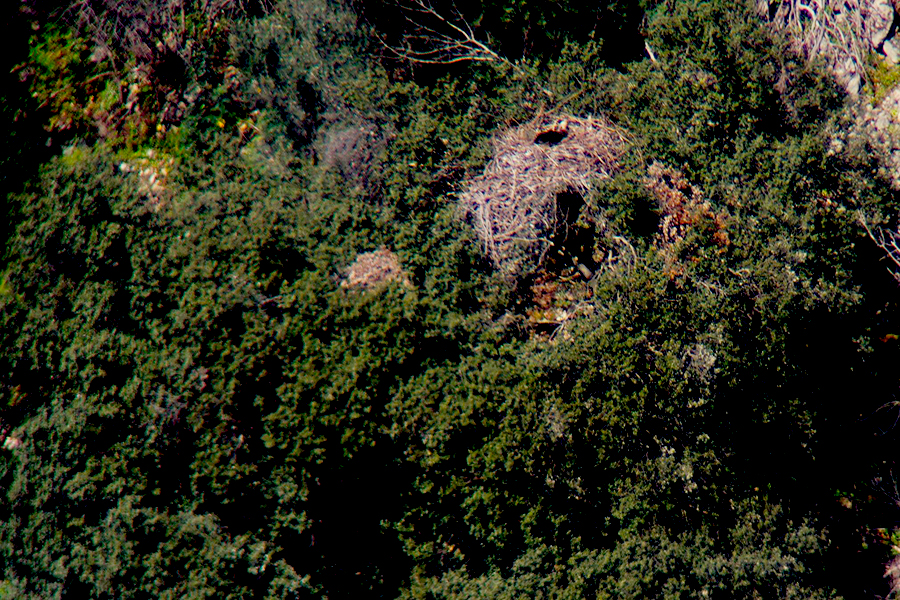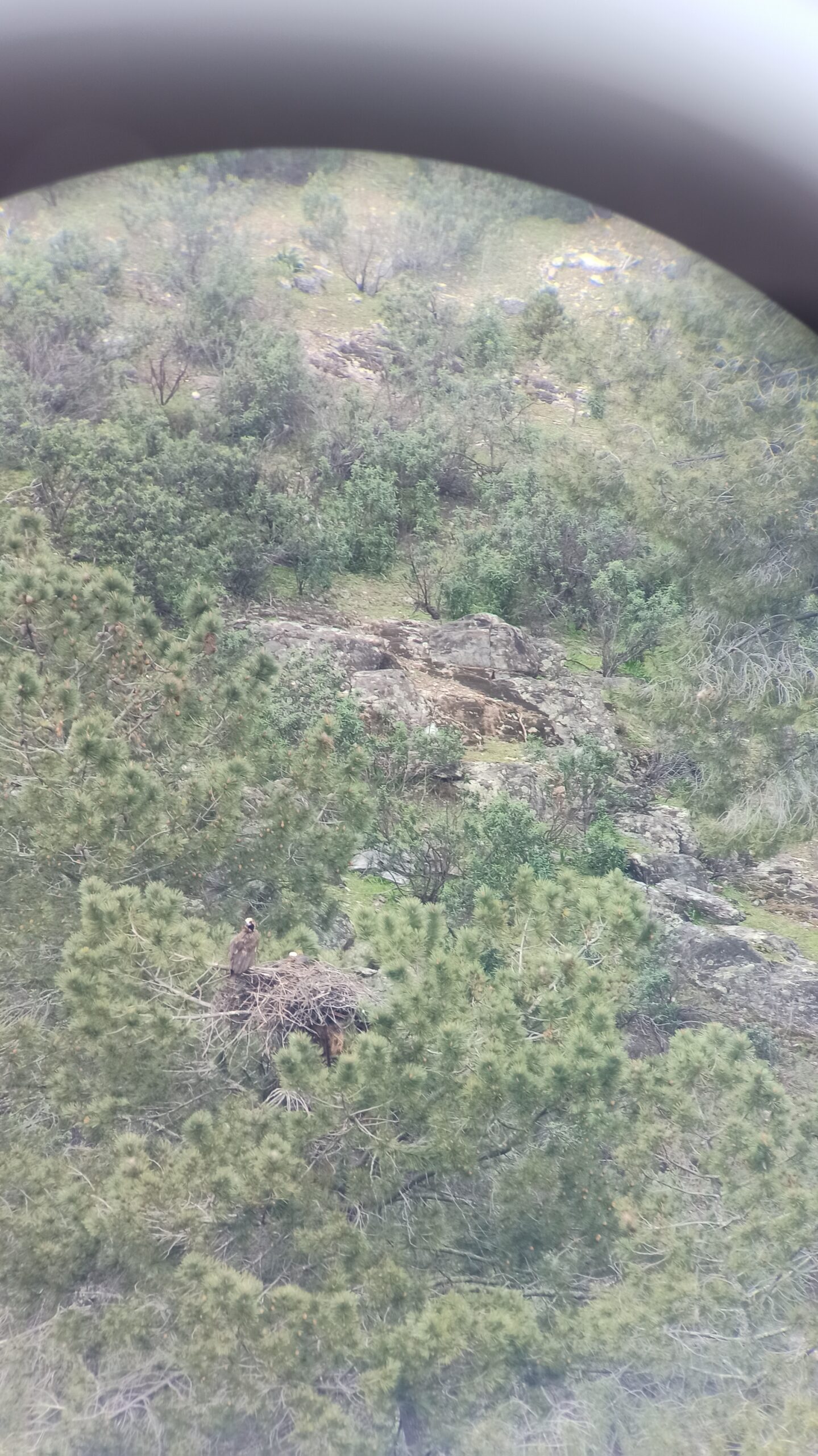
In 2022, several chicks hatched and survived within the Cinereous Vulture Captive Breeding Network (Cinereous Vulture EEP). Thanks to these favourable results, the network donated chicks to a successful reintroduction project in Bulgaria!
Achieving favourable results in 2022
In 2022, breeding pairs within the Cinereous Vulture EEP produced 13 hatchlings, of which 11 survived and fledged. This excellent breeding outcome is the result of intensive monitoring of the breeding pairs in zoos across Europe and the production of second clutches to increase the number of chicks. All these extra chicks are parent-reared and foster reared by experienced pairs. Although Cinereous Vulture pairs only have one chick, there are pairs in the breeding programme that can foster two chicks at the same time.

Supporting reintroduction projects
The Cinereous Vulture EEP has two goals, maintaining a demographically and genetically healthy ex-situ backup population and being a source for ongoing reintroduction projects. Depending on the results of the captive breeding season, the network donates nestlings to reintroduction projects for their release to the wild. They select the captive-bred chicks based on their representation within the network and their sex since the ex-situ population suffers from a sex bias towards males.
This year, the Cinereous Vulture EEP donated three chicks, hatched at Prague Zoo (and fostered at Liberec Zoo) and Ostrava zoo in the Czech Republic and Planckendael Zoo in Belgium, to the Vultures Back to LIFE reintroduction project for their eventual release in Sliven, Bulgaria. The network also supported this project back in 2018 and 2019, donating three and four chicks, respectively. Only a few years after the initial releases, the Vultures Back to LIFE project successfully restored the Cinereous Vulture as a breeding species in Bulgaria. Two pairs already fledged young in the Eastern and Western Balkan Mountains, and there are also over 20 birds settled and 3 to 5 formed pairs.
The Cinereous Vulture EEP has previously supported conservation efforts in other regions. It donated several young to the Cinereous Vulture reintroduction project in France, which results show that males tend to move around less than females in the first year after release.
Releasing captive-bred chicks to the wild
The Cinereous Vulture has one of the longest breeding periods of all birds of prey in Europe, and breeding them in captivity takes a lot of effort by both the pairs and human keepers. When chicks destined for release reach around 90 days old, the human keepers retrieve them from the nest. At that moment, they are independent of their parents in terms of feeding and regulating their temperature but cannot fly yet. Then, they typically transfer the nestlings to an artificial nest in the wild, known as a hacking site, where they stay a minimum of three weeks to help ensure they recognize the release site as their hatching place. When they reach around 122 days, the average age the species fledges, they leave the site.
However, the captive-bred nestlings donated to Bulgaria in 2022 will be released with a different hacking method. The project team will place them in an acclimatization aviary and open its doors when the birds become 4 to 4.5 months. All three birds will be equipped with satellite transmitters and will be closely tracked by the field team to monitor their progress. We wish them a long life ahead in the wild and hope they breed one day to contribute to the reintroduced population.
The Cinereous Vulture Captive Breeding Programme is coordinated by Planckendael Zoo in Belgium and is part of EAZA’s Endangered Species Programmes.
